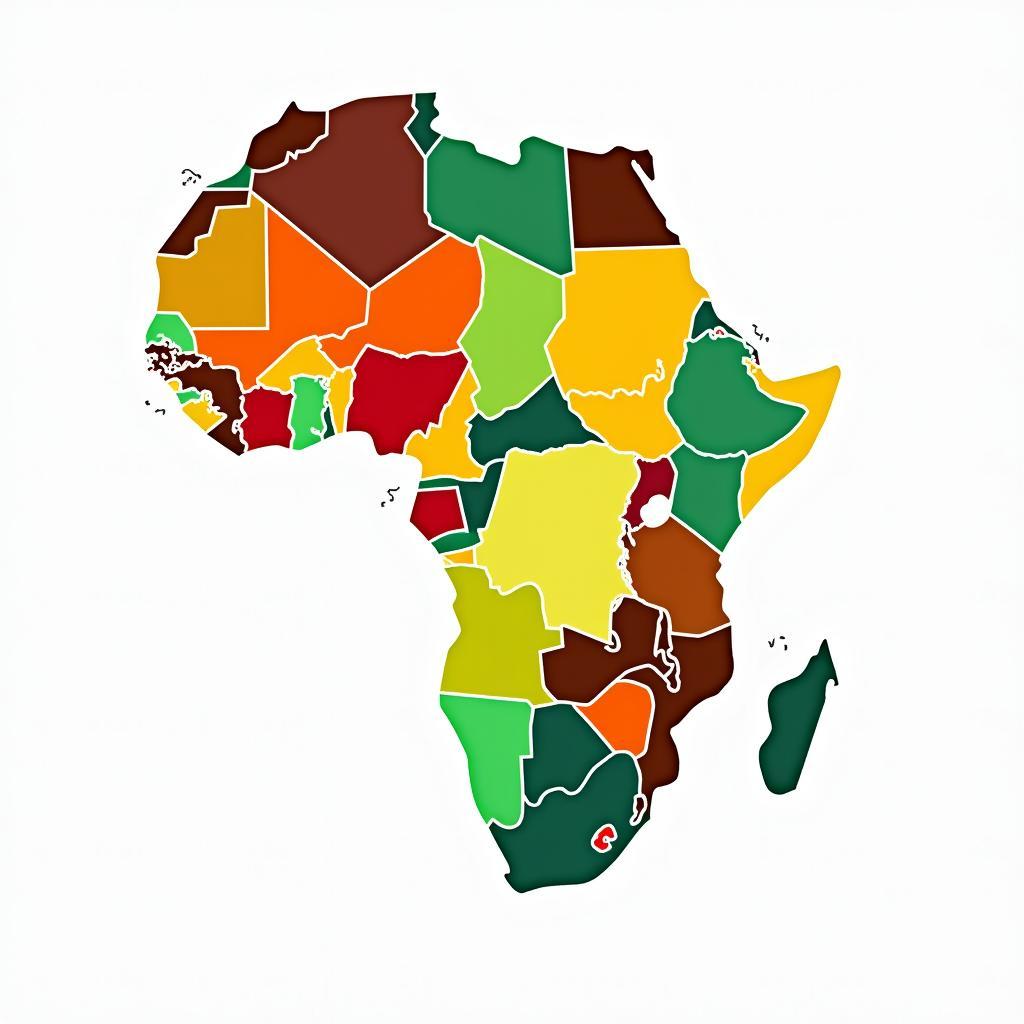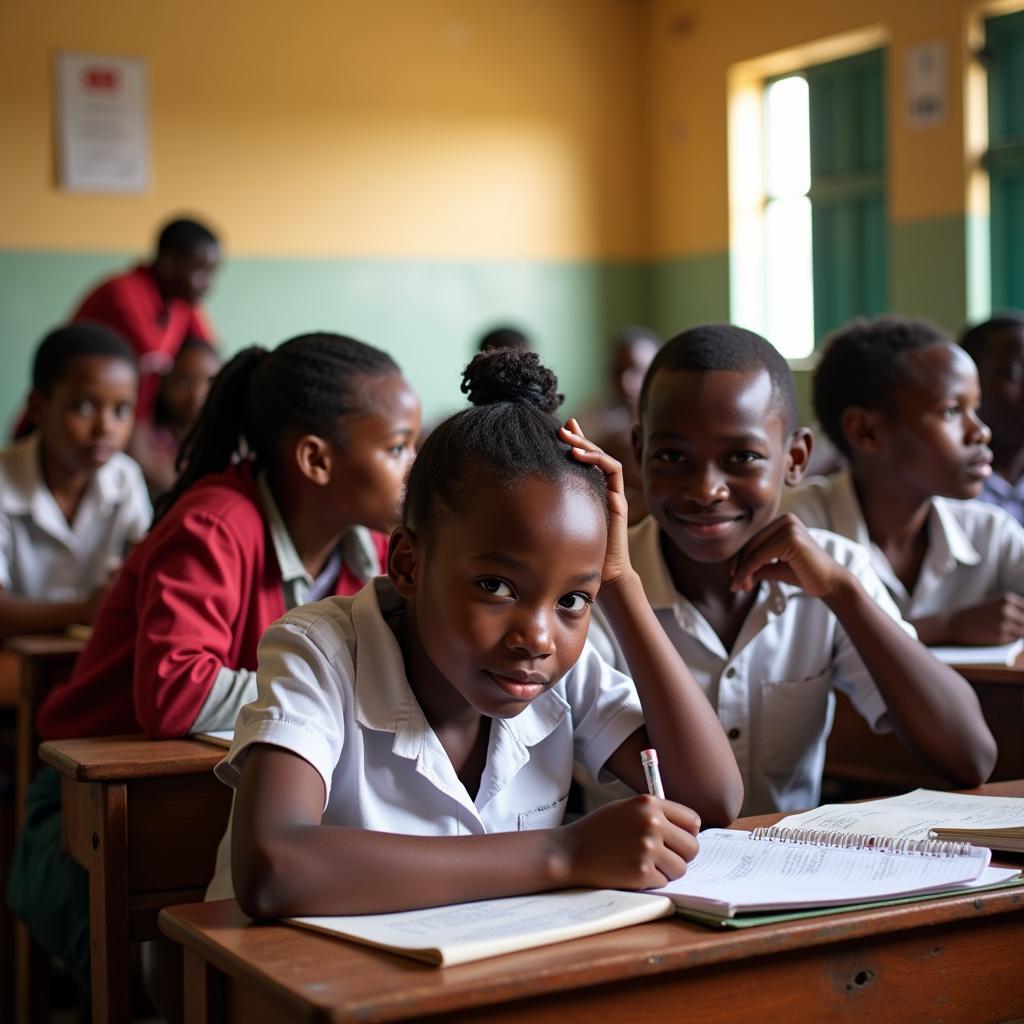Navigating Literacy in African Countries: A Closer Look at the Statistics
Literacy rates in African countries present a diverse and complex picture, reflecting a continent grappling with historical legacies, economic disparities, and ongoing development challenges. Understanding these rates requires looking beyond simple numbers and delving into the multifaceted factors that shape them.
 Map of Africa with Literacy Rates by Country
Map of Africa with Literacy Rates by Country
Unveiling the Factors Influencing Literacy Rates
Numerous factors contribute to the literacy landscape of African countries. Let’s break down some of the key influences:
- Economic Disparities: Poverty often translates to limited access to quality education, impacting literacy rates.
- Gender Inequality: In many societies, girls face barriers to education, leading to lower female literacy rates.
- Geographical Location: Remote and rural areas often lack adequate educational infrastructure and resources.
- Political Instability and Conflict: Disruptions caused by conflict can severely impact access to education and hinder literacy development.
- Language Barriers: The diversity of languages across Africa can pose challenges, particularly when educational materials are not available in local languages.
Literacy Rates: Trends and Progress
While challenges remain, many African countries have made significant strides in improving literacy rates over the past few decades. Initiatives focused on:
- Expanding Access to Education: Governments and organizations are working to increase the number of schools, particularly in underserved areas.
- Improving the Quality of Education: Efforts are underway to train and support teachers, develop relevant curricula, and enhance learning environments.
- Promoting Girl’s Education: Targeted programs aim to break down barriers and empower girls to pursue education.
 African Students in a Classroom Setting
African Students in a Classroom Setting
Literacy and Development: A Powerful Connection
Literacy serves as a cornerstone of individual and national development. Higher literacy rates are linked to:
- Economic Growth: A literate workforce is better equipped for skilled jobs, driving economic progress.
- Improved Health Outcomes: Literacy empowers individuals to make informed decisions about their health and well-being.
- Reduced Poverty: Literacy equips people with the skills needed to access opportunities and break the cycle of poverty.
- Greater Civic Engagement: Literate citizens are more likely to participate actively in democratic processes.
Investing in the Future: The Importance of Continued Efforts
Addressing the literacy challenges in Africa requires a sustained and multi-faceted approach. Key priorities include:
- Prioritizing Education Funding: Allocating sufficient resources to education is crucial for building a strong foundation.
- Addressing Gender Disparities: Ensuring equal access to quality education for girls is essential for overall development.
- Leveraging Technology: Harnessing the power of technology can bridge gaps in access to educational resources.
- Promoting Adult Literacy Programs: Reaching out to adults who missed out on education is crucial for inclusive growth.
A Brighter Future: Literacy as a Catalyst for Change
While literacy rates in African countries vary, the commitment to progress remains strong. By investing in education, empowering individuals, and fostering a culture of learning, Africa can unlock its immense potential and pave the way for a brighter future.

